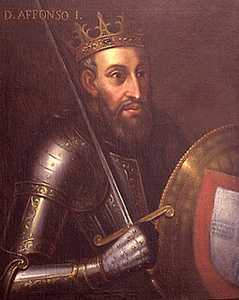
Dinheiro comes from the Portuguese word “dinheiro” which means “money”.
“Money” or cash is key to every business’s success or failure.
We have all heard the terms “cash is king” as it describes the importance of sufficient cash or working capital as an asset in a business for short term operations, such as purchases and acquisitions of stock for day to day trade.
A company could have a large amount of debtors on its balance sheet which would also increase it’s equity, but the company can still be short of cash or working capital with which to make its purchases, including paying wages.
Unless a business can convert its debtors and other current assets to cash quickly, it will fail and be technically insolvent despite perhaps having a positive net worth on the balance sheet.
We are here to find that solution of sufficient cash for businesses to operate successfully with the best possible working capital solution from a range of providers.
Remember “Cash is sanity, profit is vanity” we’re here to find that cash for your business.
Why not contact us today to see what we can do to help fund your business.
History lesson
 “Dinheiro” was in fact the currency of Portugal from around the late 12th century until around the start of the 15th century. These first Portuguese coins were issued by the first king of Portugal, Afonso I, (Pictured Left) he was more commonly known as Afonso Henriques and nicknamed “the Conqueror” by the Portuguese people.
“Dinheiro” was in fact the currency of Portugal from around the late 12th century until around the start of the 15th century. These first Portuguese coins were issued by the first king of Portugal, Afonso I, (Pictured Left) he was more commonly known as Afonso Henriques and nicknamed “the Conqueror” by the Portuguese people.
Alfonso distinguished himself in his battles against the Moors, from whom he took Santarém (over looking the Tagus River) and Lisbon in 1147. He also conquered large parts of the land south of the Tagus River, although this was lost again to the Moors in his later years prior to his death in 1185.
In 1179 Alfonso had ordered that the “dinheiro” coins were issued in denominations of half a dinheiro and one dinheiro. They were copied from the Spanish dinero and were minted in “billon”, which is a metal alloy containing mostly of copper or bronze with small quantity of silver
